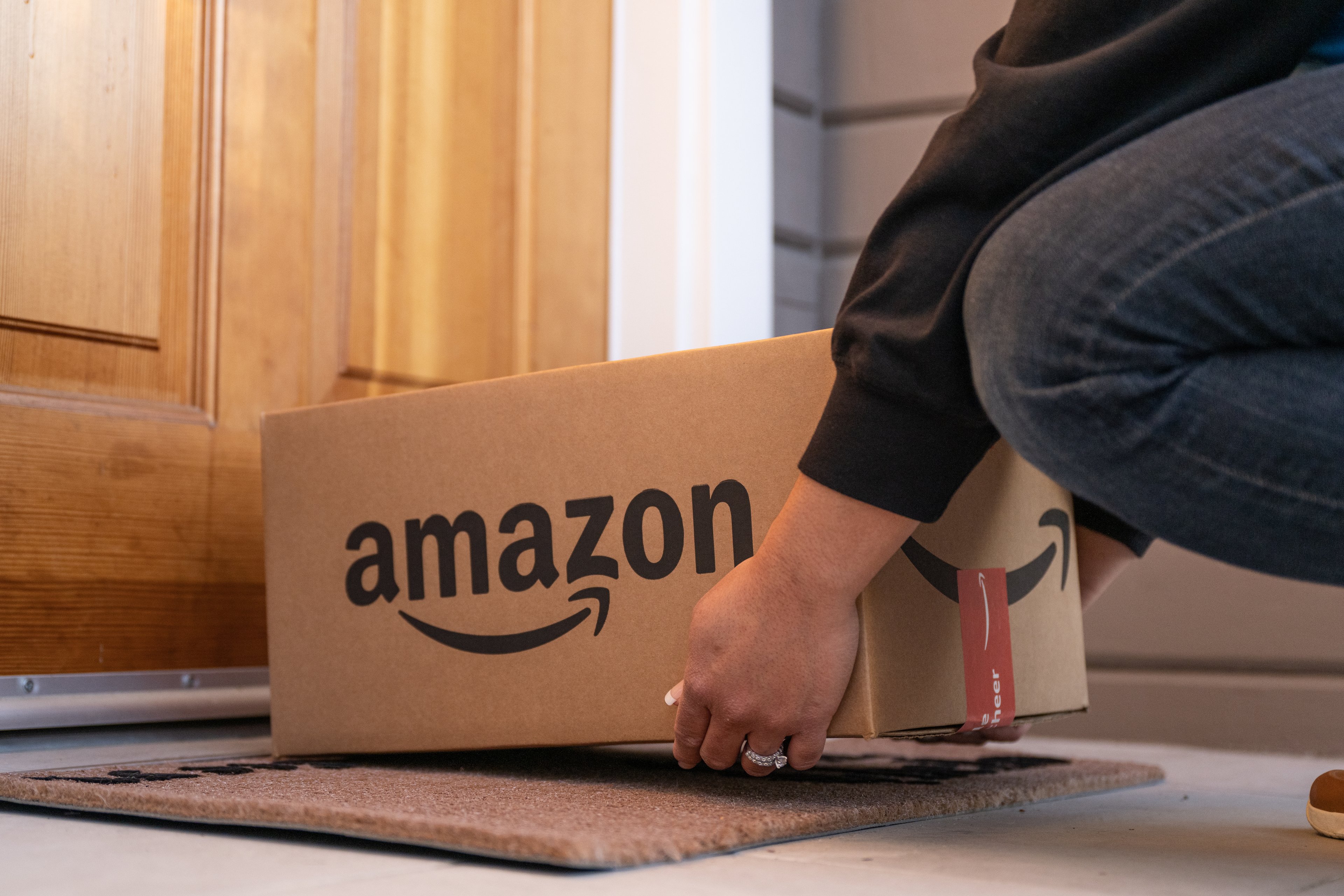Amazon.com, (AMZN 0.60%) is one of the more mystifying companies in the business world today. It is disrupting seemingly every industry it can reach from retail to book publishing to cloud computing and delivery. Sales have been unstoppable since the company's inception in 1994. Last year, it grew revenue nearly 20% to $89 billion, however it still reported a net loss of $241 million for the year. Following its most recent earnings report, the stock soared as results topped analyst estimates, but with a market cap near $178 billion and no profits last year, the company is an anomaly on Wall Street as no other publicly traded enterprise is anywhere near as valuable with a similar lack of profitability. Its balance sheet has less than $2 billion in retained earnings, the best measure of accumulated profit over a company's history.

CEO Jeff Bezos has made a mantra out of "long term" and so far the market has kept faith in him. With its tentacles wrapped up in several different industries, Amazon could either turn its competitive advantages into huge profits, or the paradigm could shift and outside competition prove too fierce, forcing a slowdown in sales growth before profitability arrives, which would crush the stock price. The debate continues to rage about Amazon's future prospects, but at least one meaningful indicator is signaling that the company is taking significant steps toward profitability.
From 2011 to 2014, gross margin and gross profit improved significantly as the chart below shows.
| Category | 2011 | 2012 | 2013 | 2014 |
| Gross Margin | 22.4% | 24.8% | 27.2% | 29.5% |
| Gross Profit (in billions) | $10.8 | $15.1 | $20.2 | $26.2 |
Source: Amazon.com SEC Filings
As you can see, gross margin improved incrementally each year from 22.4% to 29.5%, and along with it gross profit jumped nearly 150% from $10.8 billion to $26.2 billion, which is much faster than the 85% total revenue growth in that period. Amazon, however, downplays the importance of those figures, saying, "We believe that income from operations is a more meaningful measure than gross profit and gross margin due to the diversity of our product categories and services."
Despite that statement, the increasing gross margin offers perhaps the best evidence and insight into the ways the company is changing and how it's moving closer to profitability.
What is gross margin and why is it important?
In accounting terms, gross margin is the percentage of revenue left over after deducting the cost of goods sold -- the costs directly associated with the sale of a product or service. Essentially, gross margin represents the money that is left over after variable costs are taken care of. The remaining gross profit can then be spent on fixed costs or investments, returned to shareholders, or hoarded on the balance sheet.
Amazon attributes its gross margin expansion "primarily due to service sales increasing as a percentage of total sales. Service sales represent third-party seller fees earned (including commissions) and related shipping fees, digital content subscriptions, and non-retail activities such as AWS, advertising services, and our co-branded credit card agreements." Each of those categories represent more profitable revenue streams than its core bottom-dollar e-commerce business.
As gross margin has increased, the percentage of expenses for fulfillment, technology and content, and marketing, which better reflect fixed costs, have increased.
Fulfillment expenses as a percentage of revenue have gone up as a greater percentage of sales come from third-party vendors. This a more profitable business than selling in-house as Amazon can leverage the power of its brand and online platform to charge fat commission fees. Much like the way McDonald's makes most of its profit from franchising, so Amazon can do through third-party selling. The company charges 15% commissions for most product categories, and has recently expanded into selling third-party local services, such as handyman and installation work with commission sometimes up to 20%.
Serving as a platform for third-party vendors, instead of doing the selling itself, is the best way for Amazon to leverage its primacy in e-commerce. Even though rivals like Wal-Mart have been gaining e-commerce market share from Amazon, they can't compete on this level because their websites aren't hubs for shopping searches the way Amazon's is. As third-party selling on Amazon grows, its gross margin should continue to improve.
Spending on marketing, and technology and content has also grown faster than revenue in recent years, which may help explain the 50% jump in Prime membership last year. Prime, Amazon's loyalty program that promises a boatload of perks for a $99 annual fee, is perhaps the company's most important initiative. As Amazon spends more on building its Prime Instant Video library and directing customers to its website, it's been able to speed up growth in the loyalty program. Expanding that library has also enabled more one-time purchases of content on Amazon.
Amazon Web Services, or AWS, is another product of the company's growing technology spending, and is probably Amazon's fastest-growing segment. AWS makes up the bulk of sales in its "Other" category, which grew by 43% last year to over $5 billion. Amazon does not provide further performance information on AWS, but beginning with its next earnings report, the company will break it out as its own category, which will likely reveal more information on its profitability. Addressing AWS's potential, Bezos has said he believes it could one day become Amazon's biggest business.
Though the company deflects attention away from its gross margin in its 10-K report, it also willingly admits that gaining operating leverage, or lowering variable costs in other words, is a key part of its strategy. In the Management's Discussion and Analysis section of the report, Amazon says, "We seek to reduce our variable costs per unit and work to leverage our fixed costs."
Amazon's increasing gross margin is the clearest evidence that that strategy is working. It may not mean that Amazon's bottom line will explode to billions of dollars anytime soon, but it does mean that Amazon will have more money to invest into widening its economic moat, and as Jeff Bezos has reminded investors so many times, that may be more valuable than pure profits.






